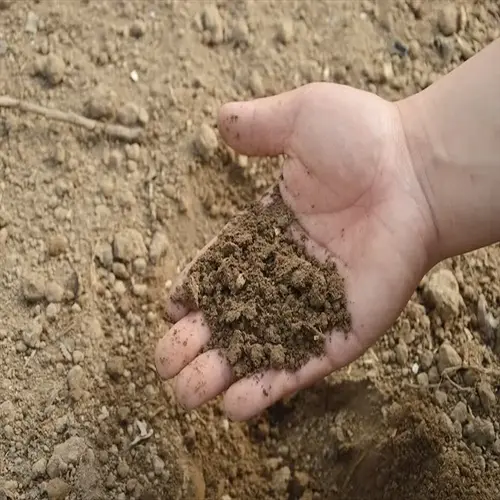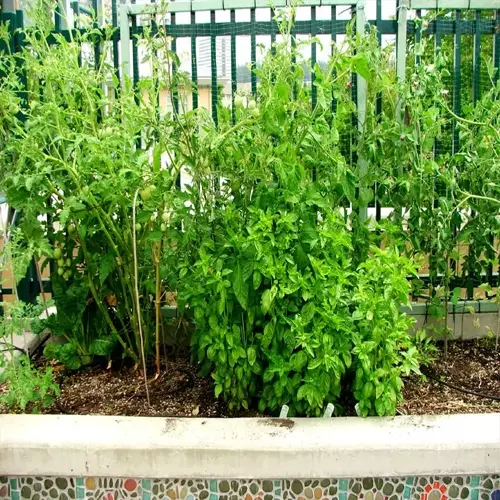What causes tomato blossom end rot?

Written by
Olivia Mitchell
Reviewed by
Prof. Charles Hartman, Ph.D.Tomato blossom end rot causes ugly, leathery, black patches at the base of the fruit. It is caused by a failure of calcium to move into the fruit and not because of a lack of calcium in the soil. I lost my first tomatoes to this because I didn't realize that rapid and inconsistent watering was the actual cause. Hot spells can cause rapid growth, and if the plant cannot transport calcium quickly enough, the ends will rot.
Watering Issues
- Drought periods followed by heavy watering shock roots
- Soil moisture fluctuations above 30% variance daily
- Surface watering fails to reach deep roots where calcium absorbs
- Container plants dry out faster needing twice daily checks
Nutrient Competition
- High potassium fertilizers block calcium uptake
- Magnesium from Epsom salt competes for root receptors
- Excessive nitrogen promotes fast growth outstripping calcium supply
- Imbalanced NPK ratios above 5-10-10 create deficiencies
Root & Soil Factors
- Nematode damage reduces root absorption area by 40-60%
- pH below 5.5 or above 7.0 locks calcium in soil
- Compacted soil prevents root exploration for nutrients
- Cold soil below 55°F/13°C slows calcium movement
Using drip irrigation helps to maintain consistent moisture levels in the soil. I water my tomatoes in the morning and at dusk on hot days. Check the soil, 2 inches deep, every day around 4:00 pm, and it will feel like a partially-drenched sponge. If you use mulch, like straw or shredded leaves, you can reduce evaporation by approximately 40%. For container plants, use a saucer to keep reservoir moisture.
Soil nutrient balance is important. Test the soil before planting and adjust the pH level to use the recommended 6.5 ideally. Use low-potassium fertilizers during the fruiting stage. I always apply gypsum at planting if needed, to add additional calcium without altering the pH. Avoid high-nitrogen fertilizers that accelerate growth too quickly.
Immediately treat affected plants as they droop and wither. Remove damaged fruits to focus energy. Apply a calcium nitrate foliar spray at 4 tablespoons per gallon each week to promote new growth and gains. Employ mycorrhizal inoculants to increase root health. I saved plants by using worm castings tea, which contributed to an increase in microbial activity and nutrient uptake.
Read the full article: Tomato Plant Diseases: Comprehensive Guide

